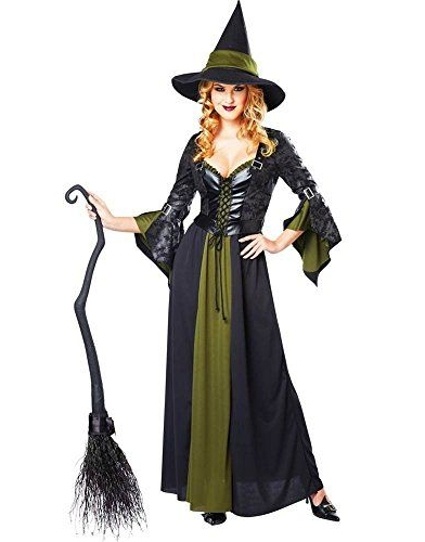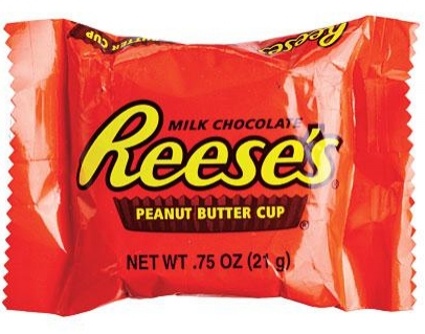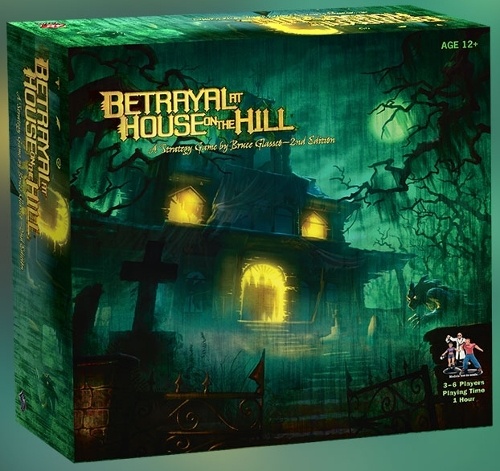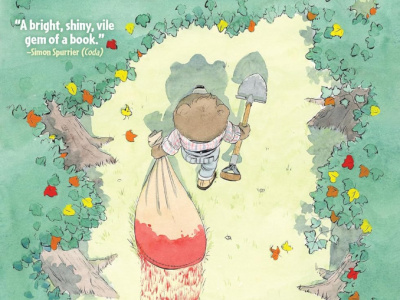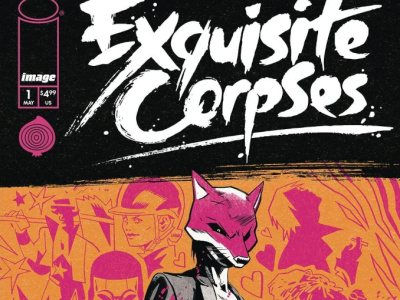Rolling for Initiative is a weekly column by Scott Thorne, PhD, owner of Castle Perilous Games & Books in Carbondale, Illinois and instructor in marketing at Southeast Missouri State University. This week, Thorne looks at the numbers behind Halloween retailing.
Since I am writing this the weekend before Halloween and we just finished cramming a whole mess of Halloween-related events into two days including Halloween ComicFest, Malifaux Halloween Tournament, our Halloween Party, the Curse of Strahd DiceMasters Rainbow Draft, the Yu-Gi-Oh!: Invasion Vengeance Sneak Peek and two of our renowned (at least locally) Haunted Carbondale tours (including a visit inside one of the 50 most haunted places in the U.S., Hundley House), I figure it's worth a look at the numbers and some of the retailing facts surrounding Halloween:
1. Most popular costume: Some form of witch. According to Rubie's Costume Company, the largest manufacturer of ready-to-wear costumes in the U.S., a witch costume has been the go-to outfit for Halloween celebrants since 2008 at least. Second most popular character is someone from the Batman family, with Batman himself the choice for men and some version of Harley Quinn, either movie, comic or video game, for women. Supergirl and Wonder Woman, though, have increased in popularity among younger girls while Batman remains most popular among their male peers.
2. Costumes are fun. Just over two-thirds of us will dress up in some manner for Halloween and will spend, on average $32 on that costume, down from $40 last year and $60 to $70 before the recession. About 15% of us will torture our pets in some manner or another by dressing them in costumes as well.
3. Halloween is a relatively cheap holiday. As noted above, the average person spends about $32 on a costume. We will also spend about $25 on candy and $30 on miscellaneous Halloween decorations, running less than a total of $100 spent on the holiday. Compare that with Christmas with the average person spending $830, according to the World Atlas, on Christmas and Halloween looks like a real bargain.
4. The most popular Halloween candy throughout the U.S. is… the Reese’s Peanut Butter Cup. The PBC, Butterfinger and Kit Kat bar were the only candies rated among the top in every state in the Union. Surprisingly, at least to me, candy corn is the top candy in Oregon, South Carolina Tennessee, Texas, and Wyoming.
5. Pizza. According to Pizza Today, Halloween is the top delivery day for pizza, the others being the day before Thanksgiving, New Year's Eve, New Year's Day and Super Bowl Sunday. Why? Pizza chains hypothesize that parents are so busy getting their kids into costume and taking them trick or treating that night that they feel they do not have time to make a proper dinner so it is far easier to put a quick call in for pizza.
6. Bellwether. Due to their growth, sales during the Halloween season have proven a strong indicator of how retail sales will look during the overall upcoming holiday shopping sales season. If Halloween sales are strong, it bodes well for the strength of the Christmas/Hanukkah season. Lower than expected sales indicates slower end of the year sales as well.
7. Halloween Games Don't Sell. This may be a local phenomenon, but games focused around themes that are strong at Halloween, such as ghosts and zombies, don't sell much better than the rest of the year. We saw good sales of Betrayal at House on the Hill and its expansion, Widow's Walk, but little movement on The Walking Dead-themed games or the Dead of Winter line. People buy a game because they want to play it or give it to someone, not because of the time of year.
Happy Halloween!
The opinions expressed in this column are solely those of the writer, and do not necessarily reflect the views of the editorial staff of ICv2.com.
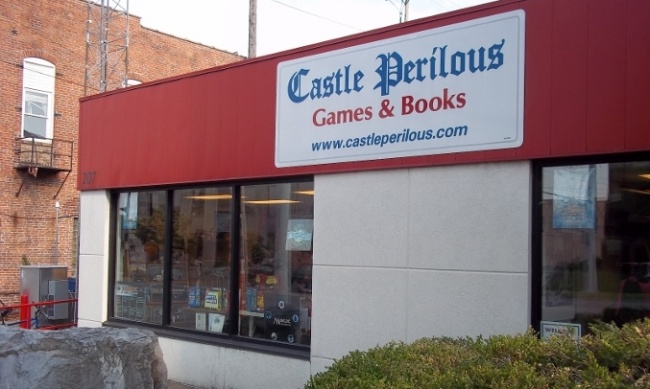
Column by Scott Thorne
Posted by Scott Thorne on October 31, 2016 @ 1:01 am CT
MORE COMICS
Column by Rob Salkowitz
August 19, 2025
For Horror Week, columnist Rob Salkowitz asks whether the horror boom can help get us through a moment full of woe and dread.
Top-Selling Horror Comics of the Summer
August 19, 2025
We noticed two trends in this summer's top-selling horror comics.
MORE COLUMNS
Column by Scott Thorne
August 18, 2025
This week, columnist Scott Thorne discusses some of the most frightfully fun games of the year for Horror Week.
Column by Scott Thorne
August 11, 2025
This week, columnist Scott Thorne notes a new twist in the Diamond Comic Distributors saga and shares his thoughts on the Gen Con releases that will make the biggest impacts.




